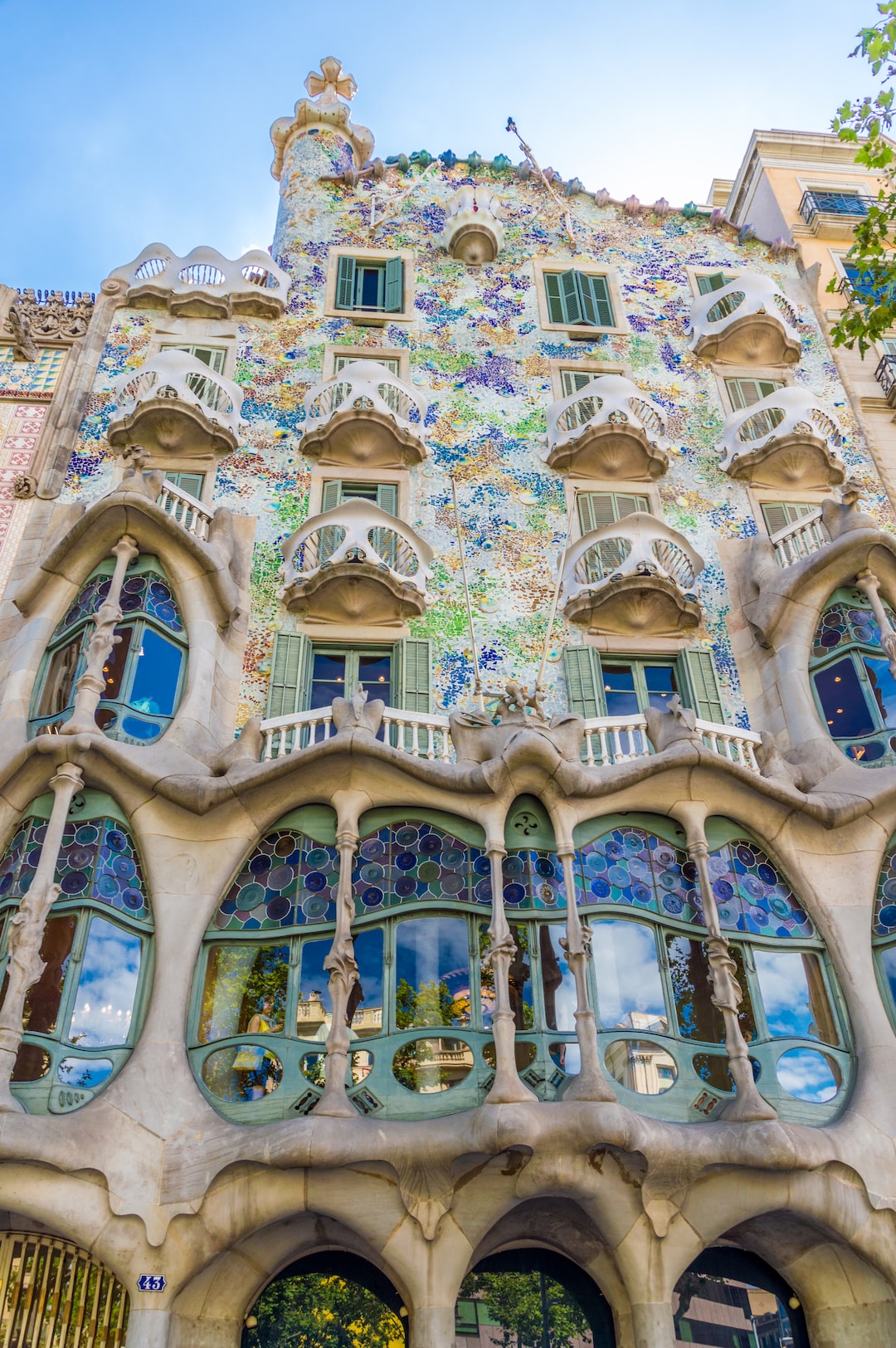A Walking Tour of Barcelona’s Gothic Quarter: Unraveling History
Barcelona, the vibrant and culturally rich city in Spain, boasts a myriad of architectural marvels and historical sites. Amongst the many neighborhoods that showcase the city’s charm and heritage, the Gothic Quarter stands out as a true treasure trove of history. With its labyrinthine streets, impressive Gothic structures, and a fusion of ancient and modern elements, a walking tour of this neighborhood becomes a captivating journey through time.
As you delve into the heart of the Gothic Quarter, one of the first things that strike you are the narrow and winding streets. These narrow passages, known as “carrers,” harken back to the medieval times when they were originally designed as a means of defense against invaders. As you walk down Carrer del Bisbe and Carrer del Call, you can’t help but feel as though you’ve stepped into another era. Keep an eye out for the ancient Roman walls that used to surround the city, remnants of which can still be seen along some of these streets.
One of the most iconic landmarks in the Gothic Quarter is undoubtedly the Barcelona Cathedral, also known as the Cathedral of the Holy Cross and Saint Eulalia. This majestic structure, with its stunning Gothic façade, epitomizes the architectural prowess of its time. As you step inside, you’ll be greeted by sacred silence and the beauty of the interior. Take your time to admire the intricate details of the chapels, altarpieces, and the breathtaking stained glass windows. Don’t forget to visit the cloister, home to a peaceful courtyard filled with lush orange trees and thirteen white geese, symbolizing the age of Saint Eulalia when she was martyred.
Just a short walk from the cathedral lies Plaça Reial, a charming square that showcases Barcelona’s more modern side. Designed in the mid-19th century, this square is famous for its elegant lampposts, which were one of the first works of Antoni Gaudí. The square is lined with attractive arcades, cafés, and a myriad of bustling activity. It’s the perfect place to take a break, soak in the ambiance, and perhaps enjoy a refreshing drink at one of the outdoor terraces.
Continuing your tour, you’ll come across the Plaça Sant Jaume, a significant square that has served as the political center of the city since the Roman era. Here, the City Hall and the Palau de la Generalitat, the seat of the Catalan government, stand facing each other. This square has been the scene of numerous historic events and is the backdrop to many festivals and political demonstrations. It’s worth taking a moment to reflect on the historical significance of this site as you admire the impressive architecture surrounding it.
No exploration of the Gothic Quarter would be complete without a visit to the ancient Jewish Quarter, known as El Call. With its narrow alleyways and hidden squares, traversing this section of the neighborhood feels like stepping back in time. El Call was once a bustling hub of Jewish life before the Jews were expelled from Spain in the late 15th century. Today, the Jewish Quarter is home to the Museum of History of Barcelona (MUHBA), which houses artifacts and exhibits that provide a glimpse into the history and culture of the Jewish community that once thrived here.
As you conclude your walking tour of the Gothic Quarter, you’ll realize that this neighborhood is more than just a collection of historic buildings; it’s a living testament to the city’s past and its continuous evolution. From the ancient Roman walls to the Gothic Cathedral, from the bustling Plaça Reial to the historic Plaça Sant Jaume, each step takes you closer to unraveling the layers of Barcelona’s rich and complex history. So, lace up your walking shoes, grab a map, and embark on this captivating journey through time.


